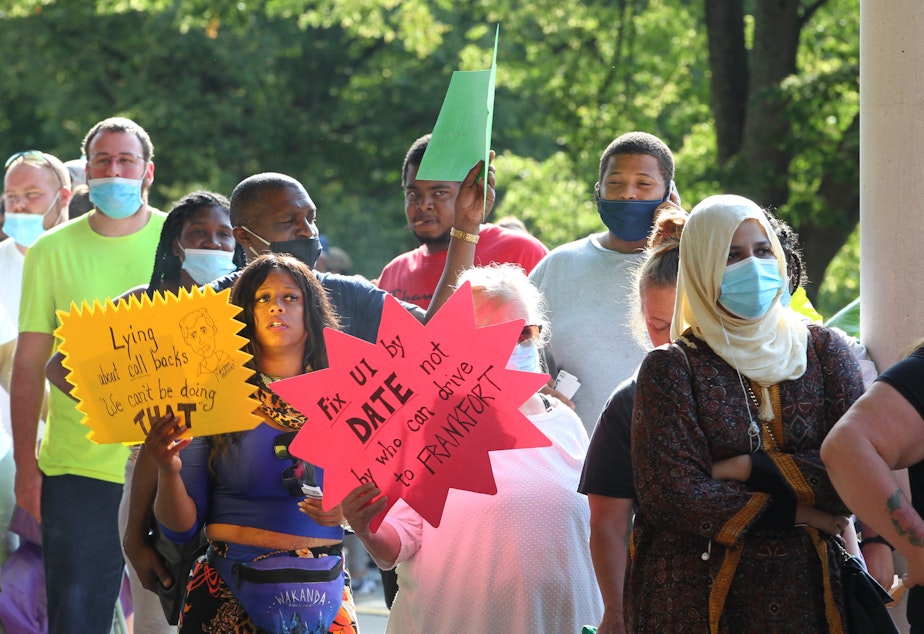Faces Of The 'Shecession'

865,000. That’s the number of women pushed out of the workforce last month. But how much more, or less, is the number for men? Well, in September, 216,000 men had to exit the labor force. A quarter of the number for women.
It’s a consistent downward trajectory for women in this pandemic. Double digit female unemployment for the first time since 1948. And Black women and Latinas are suffering an unemployment rate that’s almost double that of white women and men.
And for so many of those women, there’s a family that depends on them. What’s happening to them?
We heard from women all around the country, many of them struggling and all of them grappling with what this ‘shecession’ means for their future.
In this diary … we hear from:
Quilcia Moronta, she lives in Cranston, Rhode Island. She worked at the Omni Providence Hotel for 21 years, until she was let go this spring.
Thamicha Isaac, she lives in Brooklyn, New York. She worked as an HIV/AIDS outreach coordinator. When the pandemic hit, her job wasn’t suited for remote work. So Thamicha had to make a tough decision.
Nancy Weindruch, she lives in Arlington, Virginia. She spent years building her career but decided to step out of the workforce this past summer because she needed to be home for her child. “As of today, I am 100% determined to go back to work,” she says.
This article was originally published on WBUR.org. [Copyright 2020 NPR]
